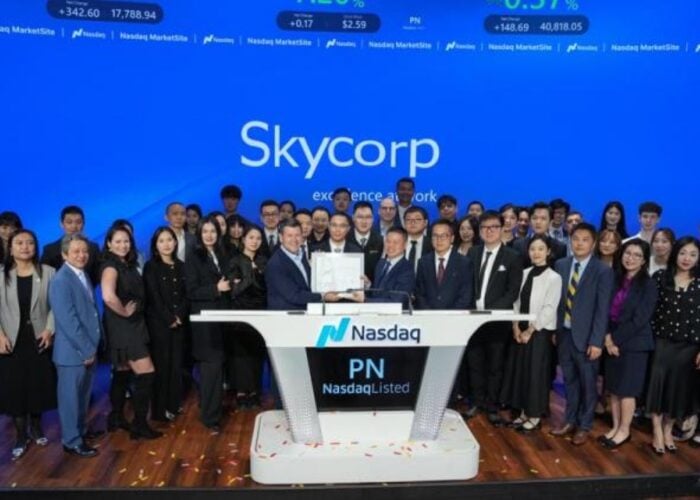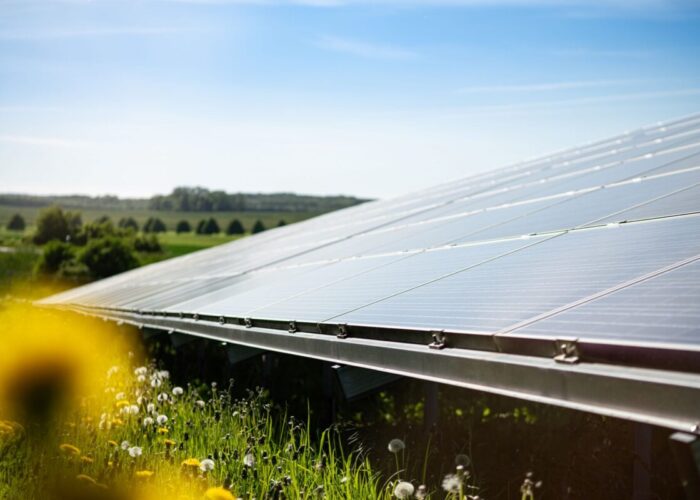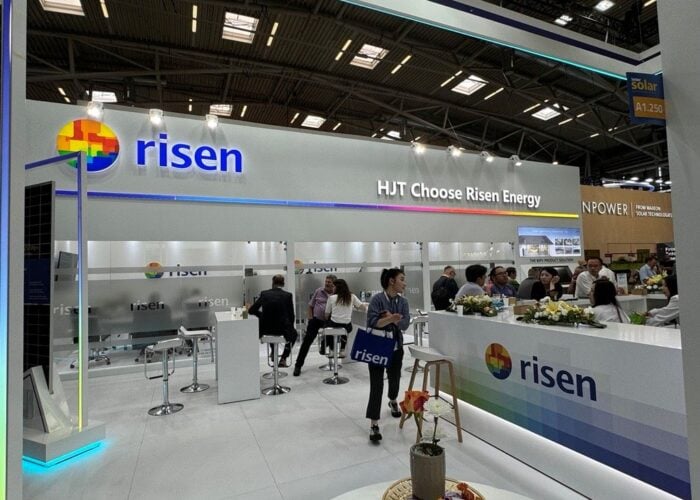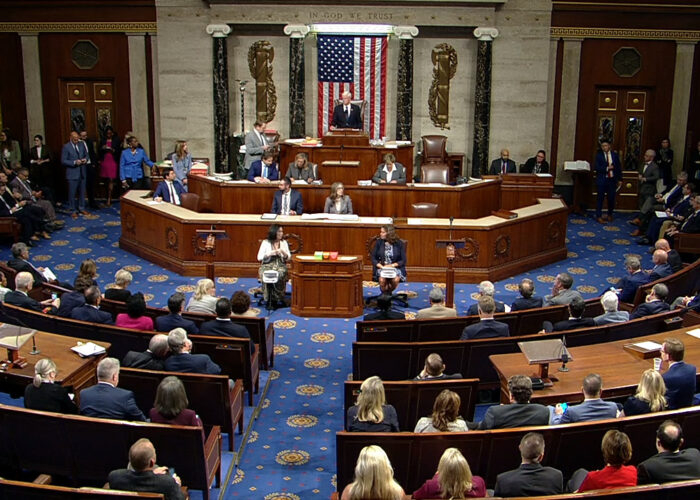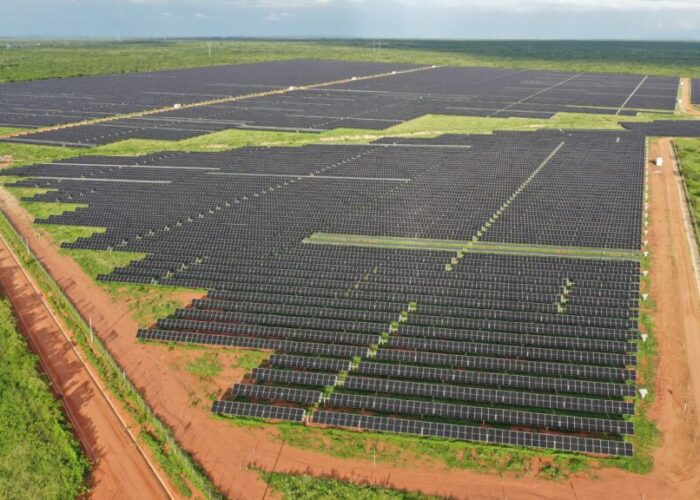Trident Solar has initiated the global launch of its new single-step ‘VersaEtch’ Etchant / n-Dopant material for inkjet selective emitter application of solar front contacts (c-Si) at EU PVSEC. Used with the Trident 256Jet-S printhead, the new VersaEtch Etchant/n-Dopant is claimed to match the enhanced cell efficiency (0.5-1.0%) and precise deposition performance (demonstrated 50 micron print) of other selective emitter approaches, while offering the additional benefits of being non-contact, single-step, and cost-effective. Ink jet doping and etching with VersaEtch is said to be a hybrid tool that can be used together with either screen printing or electroplating of metallized contacts.
Problem
Unlock unlimited access for 12 whole months of distinctive global analysis
Photovoltaics International is now included.
- Regular insight and analysis of the industry’s biggest developments
- In-depth interviews with the industry’s leading figures
- Unlimited digital access to the PV Tech Power journal catalogue
- Unlimited digital access to the Photovoltaics International journal catalogue
- Access to more than 1,000 technical papers
- Discounts on Solar Media’s portfolio of events, in-person and virtual
According to Trident Solar, solar cell manufacturers are wanting a single-step, non-contact process that would enable more efficient front contacts by etching through the SiNx ARC layer then diffusion doping the silicon emitter. A selective emitter approach that could decouple the metallization process from the etching / doping process could potentially maximize the results of both areas.
Solution
The etching material can be jetted from the Trident 256Jet-S printhead and etch through the SiNx ARC layer when heated to 350°C. When heated to 800°C the n-dopant diffuses into the silicon active emitter. All that is needed to complete the process is a post water rinse. As a non-contact process, use of the VersaEtch Etchant/n-Dopant is claimed to result in up to a 10x reduction in costly wafer scrap compared to the use of contact selective emitter processes such as screen etching or laser etching. Scrap rates currently said to range from 0.5 -1.0% and can be reduced to as low as 0.1%. While the use of the printhead to deposit the Etchant/n-Dopant has been demonstrated, additional applications are also in development, which include crystalline silicon applications such as jetting palladium as a seed layer and thin film applications like the jetting of alkaline etch. Trident is also developing an application for inkjet deposition of a diffusion barrier for either crystalline silicon or thin film applications.
Applications
Single-step, non-contact process for front contacts by etching through the SiNx ARC layer then diffusion doping the silicon emitter.
Platform
The Trident 256Jet-S industrial printhead was specifically designed for solar applications. The printhead features stainless steel construction for chemical inertness and a unique repairable design – that allows the nozzle plate to be disassembled, ultrasonically cleaned and reassembled. These features also allow the printhead to last up to 5 times longer than alternative inkjet printheads, according to the company. The new solution was developed and is manufactured by Alpha PV Technologies (patent pending) for Trident Solar as the result of a collaborative effort of both companies.
Availability
September 2011 onwards.

